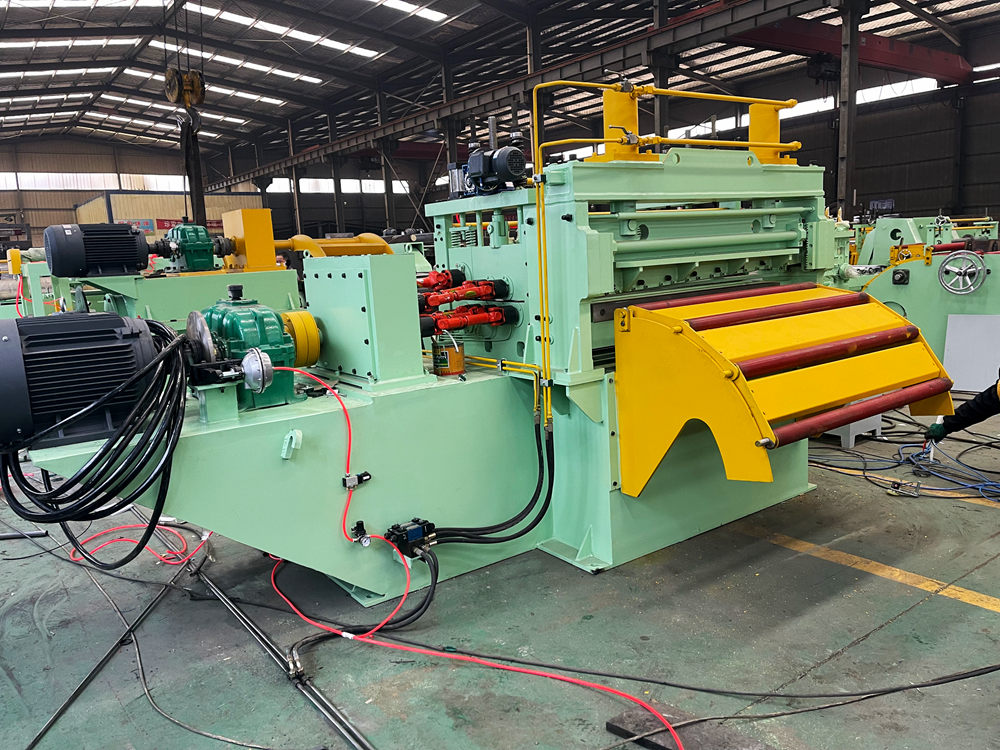
The Importance of Galvanized Cable Tray Making Machines
In the ever-evolving world of electrical infrastructure, the demand for reliable and efficient cable management solutions has never been higher. Among these solutions, cable trays play a critical role in organizing and supporting electrical wiring and cables. To meet this demand, the industry has evolved, giving rise to specialized machinery designed specifically for the production of galvanized cable trays. This article delves into the significance, functionality, and impact of galvanized cable tray making machines.
Galvanized cable trays are essential components in various sectors, including construction, telecommunications, and manufacturing. Their primary purpose is to manage cables and wires while ensuring safety and functionality. The galvanization process involves coating steel with a protective layer of zinc to prevent corrosion, making these trays exceptionally durable. This durability is crucial, especially in environments exposed to moisture or chemicals, where untreated metal would quickly degrade. Hence, the production of high-quality galvanized cable trays is fundamental to ensuring the longevity and reliability of electrical systems.
The machinery used to create these trays involves sophisticated technology and engineering. A galvanized cable tray making machine typically consists of several components, including a decoiler, forming machine, cutting device, and galvanizing line. The process begins with feeding raw steel strips into the decoiler. The forming machine then bends and shapes the steel into the desired tray profile, whether it be perforated or solid. Following this, a cutting device trims the trays to the specified lengths. Finally, the trays are galvanized, ensuring they have the necessary protection against corrosion.

Manufacturers increasingly recognize the importance of automation in the production process. Modern galvanized cable tray machines incorporate advanced features such as digital controls, which streamline operations and enhance precision. Automation reduces labor costs and increases production rates, allowing manufacturers to respond swiftly to market demands. This technological evolution is reshaping how these products are made, leading to higher quality and more consistent results.
In addition to efficiency and quality, sustainability is becoming an essential consideration in the production of galvanized cable trays. Many manufacturers are now focusing on reducing waste and energy consumption during the manufacturing process. Implementing eco-friendly practices, such as recycling scrap metal and utilizing energy-efficient machines, not only minimizes environmental impact but also reduces operational costs. This shift towards sustainability not only attracts environmentally-conscious clients but also aligns with global efforts to combat climate change.
Furthermore, the global market for electrical infrastructure continues to expand. As emerging economies invest in modernization and urbanization, the demand for robust cable management systems, such as galvanized cable trays, is expected to grow significantly. Thus, the importance of effective and reliable cable tray making machines cannot be overstated. These machines are not just tools; they are integral to the progress and development of electrical infrastructure worldwide.
In conclusion, galvanized cable tray making machines play a pivotal role in the production of essential components for electrical systems. With their advanced technologies, sustainability practices, and increasing importance in global markets, these machines represent a critical investment for manufacturers focused on meeting the demands of modern electrical infrastructure. As technology continues to advance, the future looks bright for manufacturers who embrace innovation and sustainability in their production processes.